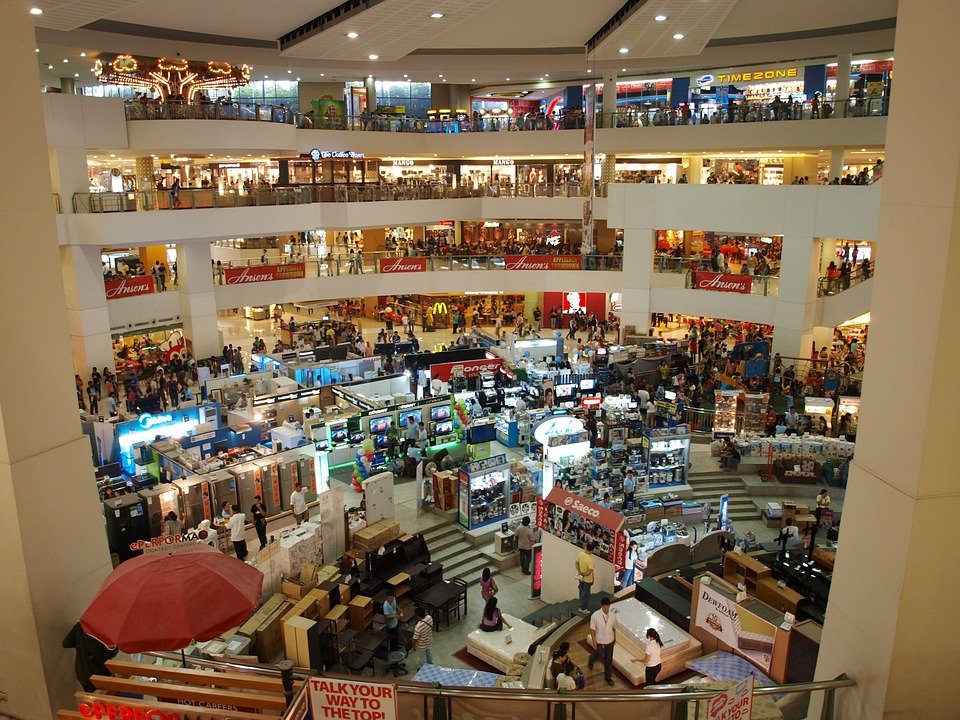Clarification of types of building and their components
To know the clarification of types of building and their components, firstly we should know what is building. A building as a shelter represents a physical division of the human habitat. The building is a place of comfort and safety and the outside (a place that at times may be harsh and harmful). Secondly, the building serves several needs of society. Finally as a shelter from weather, security, living space, privacy, to store belongings, and to comfortably living and work. So, we find many types of buildings around us.
Clarification of types of building and their components
Buildings have different sizes, shapes and functions. Buildings may be organized into different categories from different perspectives. At a time some buildings fall into multiple categories. Some types of buildings are described as follows.
- Residential building
- Educational building
- Institutional building
- Assembly building
- Business building
- Mercantile building
- Industrial building
- Hazardous building
- Storage building
Clarification of types of building
Residential building
This type of building is known as a dwelling house. For example: apartment houses, dormitories, hostels, etc.
Educational building is used for school, college, university, day care purposes. Here, communicate a large number community of people get together for their diurnal activities.
Institutional building
This building includes the place of the contact of citizens. It is restricted. This building is used for some specific motive. Similarly, hospitals, nursing homes, jails, orphanages, etc.
Assembly building
Generally, auditoriums, exhibition halls, museums, and gymnasiums are called assembly buildings. Here a group of people gather for social, religious, civil, travel, or amusement purposes. To clarify, it is classified as an assembly building.
Business buildings
Similarly, this type of building is used for business transactions. Likewise, library, bank, instances, keeping account records, etc.
Mercantile building
Certainly, these buildings are used for shopping malls, grocery shops, super shops, and stationery shops. Moreover, goods stores and displays for sales at wholesale prices or retail prices to customers.
Industrial building Most importantly, it’s fabrications, assembly, processing etc of materials of all kinds .But, it take place are categorized as industrial building.
Storage building On the other hand , these building are used for storing goods or products. Likewise, ware house, cold storage , garages, grain elevators etc.
Hazardous building
In other words, hazardous buildings that is to say highly combustible, explosive or toxic, corrosive or poisonous materials are stored are classified as hazardous building.
Why types of building is a concern
- To know the design load for the building.
- To know the best orientation of the building as per its purpose of use.
Illustration of types of building and their components of load
To clarify the components of load as a load transfer path.Load transfer path depends on the type of structure of a building.
Building structure divided into 2 types :
- Frame structure / Non load bearing structure
- Load bearing structure
- Frame structure :Frame structure consists of slab , beam , column , foundation. It bears all the load of building. However, the walls of the buildings are usually for partition purposes. In addition, these partition walls don’t take part in the load bearing mechanism of the building.
- Load bearing structure : In other words , this structure the walls of the building bears the load coming from the beam or directly from the slab.Subsequently these walls transfers the load to the foundation.
Exhibition of building structure in view of load transfer path
4 types of load transfer path in frame structure. They are:
- Typical frame structure
- Flat plate structure
- Structure with secondary beam
- Structure with deep beam
-
FOR TYPICAL FRAME STRUCTURE -
FOR FLAT PLATE STRUCTURE -
FOR SECONDARY BEAM STRUCTURE -
FOR DEEP BEAM STRUCTURE
Only1 type of load bearing structure
Components of building
Here describes clarification of types of building and their components .
Generally building divided into 2 major parts:
- Super structure
- Sub structure
- Super structure: This is the above part of the ground level of building. So it is shown after the completion of the external construction work. Example: Plinth , Column , Beam , Slab etc.
- Sub structure: This part of the below the ground level of the building. However, it isn’t shown after the completion of the internal construction work . For Example: Foundation , Shore pile etc.
Types of building mostly defined the boarder sense.The components of a building may be classified as follows:
- Foundation
- Plinth
- Beams
- Columns
- Walls
- Doors
- Windows
- Floors
- Stairs
- Roof
- Building finishes and
- Services of building
Explanation of components of building in details
- Foundation : Foundation transfers all kind of load .Further, load is coming from the super structure to the soil in such a way . After that, it doesn’t exceed the bearing capacity of the soil of that place.
- Plinth : This is the floor of the building above the ground surface. Meanwhile, plinth restricts the rain water or other materials from entering directly to the ground floor.
- Beams : Beams are horizontal members.Moreover, it takes load ,coming parallel to its cross section. In addition, it can also take axial loads.Consequently, beam may be designed to resist bending.
- Columns : Columns are vertical members. Therefore, it takes axial load (predominantly compression).
- Walls : Partition constructs in frame structure, walls purposes.Walls provide separation of floor spacing. Importantly, it also protects the inside space from sun, rain and other direct weathering effect.
- Doors : That is to say, the passage path through walls. It provides access to building, rooms etc.
- Windows : Windows are the open parts of walls with transparent cover.Therefore, it uses the purpose of ventilation, light and vision.
- Floors : Floors are plane firm surface of slab . As a result, it provides accommodation on a given plot.Subsequently, people stand on floors. For example, furniture , goods or other materials are kept or placed on floors.
- Stairs: Stairs connectors between one floor to the next floor. So, it consists of steps (tread , rise).
- Roof : It is the top surface of the building. So, it usually protects the building from rain , sun , light , snow etc.
- Building finishes : To clarify , make the building complete to live in such as plastering , placing tiles / mosaic , painting , white washing etc.
- Services of building : These are mainly the utility parts of a building .For example: water supply , electricity connection , gas connection , sanitation system etc.
-
Building services -
Building finishes
Above all, to know the clarification of types of building and their components is very important as a social human being. It appreciates the urban and regional planning (U R P) . In conclusion, clarification of types of building and their components must be helpful to avoid the social disorder.
















